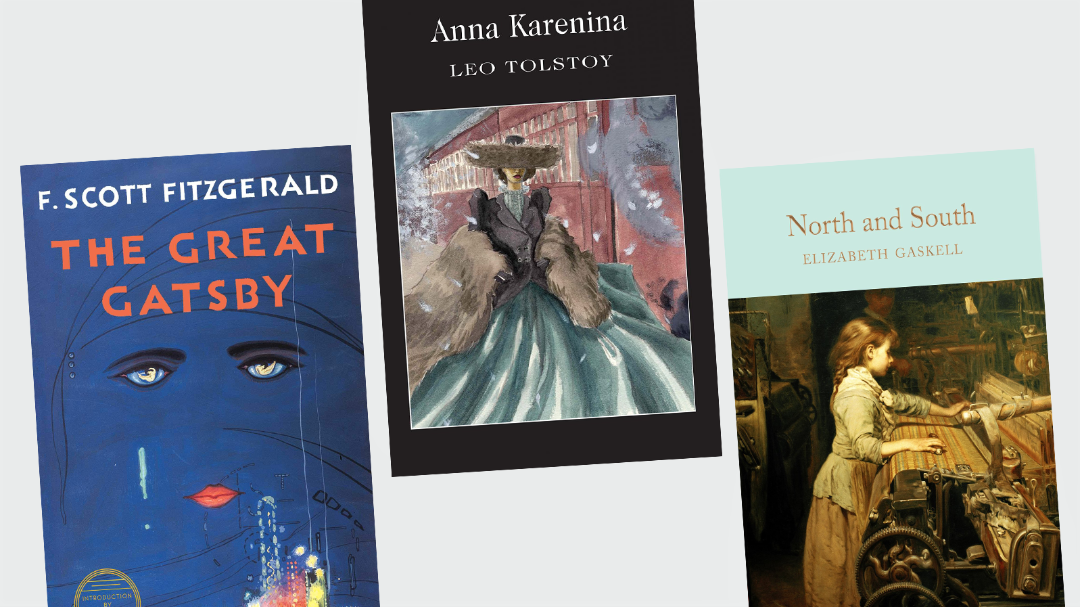
Classic literature is often reserved for English or Writing courses, but in secondary social studies classrooms, historical novels written about specific eras and themes can have as much merit as a traditional textbook. Teachers can use the following examples as a guide to teach their students social studies themes, including politics, government, sociology, and various historical eras.
The Iliad 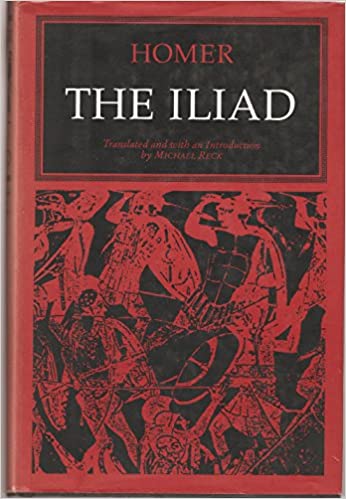
Author: Homer
Theme(s): Ancient Greece, war, political alliances
This epic poem, attributed to Homer, is considered by historians to be one of the oldest surviving works in Western literature. Set during the Trojan War, the ten-year siege of the city of Troy, The Iliad tells of the battles and events during the quarrel between King Agamemnon and the warrior, Achilles. While many themes appearing in this classic tale can be used to teach about Ancient Greek society, the most apparent ones are war (specifically glory in battles), Greek gods, and ancient politics. Pair this story with The Odyssey, Homer’s loose sequel, and students can learn an immense amount about the traditions of Ancient Greece.
Ivanhoe
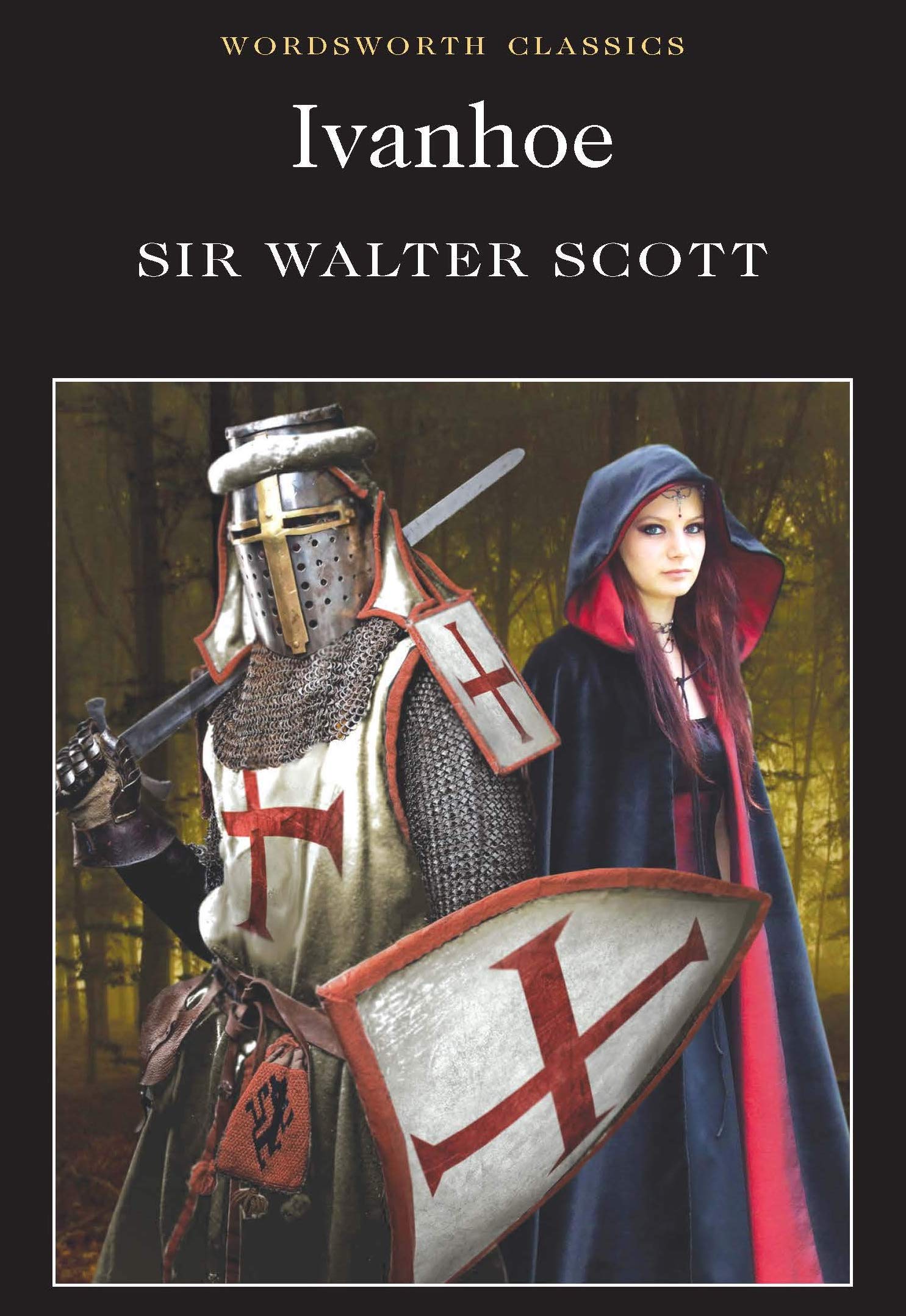
Author: Sir Walter Scott
Theme(s): Medieval England, the Crusades, socioeconomic status
One of the most popular adventure-filled historical novels ever written, Scott’s fantastical tale explores heroism, religion, and society during the Middle Ages. Most prominently, Ivanhoe evokes an important time in English history, when King Richard the Lion-Hearted returned to England after years spent fighting the Crusades in the Holy Land and being imprisoned in Germany. The novel is also the source material for the famous Robin Hood character, who serves to examine identities within class rankings and human society as a hierarchy. Students will have much to discuss about Medieval society and the Crusades from this rich, historical novel.
The Great Gatsby 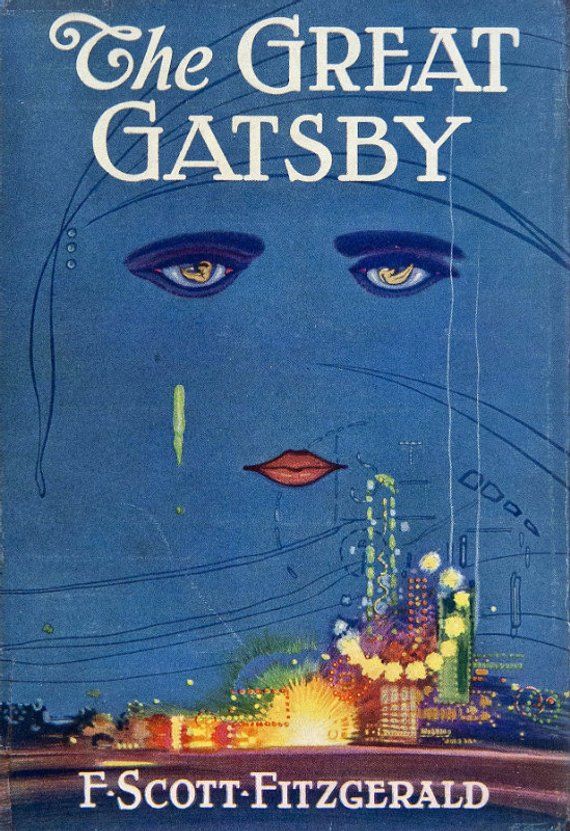
Author: F. Scott Fitzgerald
Theme(s): The Roaring 20’s, the “American dream,” sociology of wealth
Set in New York at the height of the roaring 20’s, Fitzgerald’s masterpiece is a highly symbolic novel about America as a whole during this era, and, in particular the disintegration of the American dream in the post-war era of unprecedented wealth. The range of characters in The Great Gatsby, including Nick and Gatsby, both of whom fought in World War I, exhibits the cosmopolitanism and cynicism that resulted from the war and rise of the stock market. Students will have plenty to discuss about the sociology of class, status, wealth, and human values, as the tension of “old money” versus “new money” constitutes a central driving force throughout the novel.
Anna Karenina 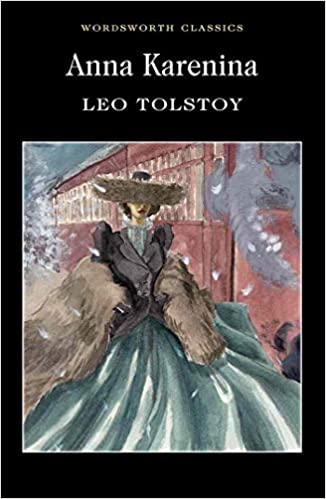
Author: Leo Tolstoy
Theme(s): 19th-century Russia, societal change, authoritarian government vs. democracy
Tolstoy set this classic novel against the backdrop of the various historical changes sweeping through Russia during the late nineteenth century. Anna Karenina is rich with themes about clashing views between the old-time conservatives and aristocracy in Russian society, who hold traditional, patriarchal values, and the new values of the Westernizers, who are more liberal and freethinking. Throughout the novel, traditions like serfdom and authoritarian government are brought into question and compared with the liberal beliefs of technology, rationalism, and democracy. Use this classic story with your students to compare and contrast the changes in Russian society with other countries and governments from across the world.
The Scarlet Letter 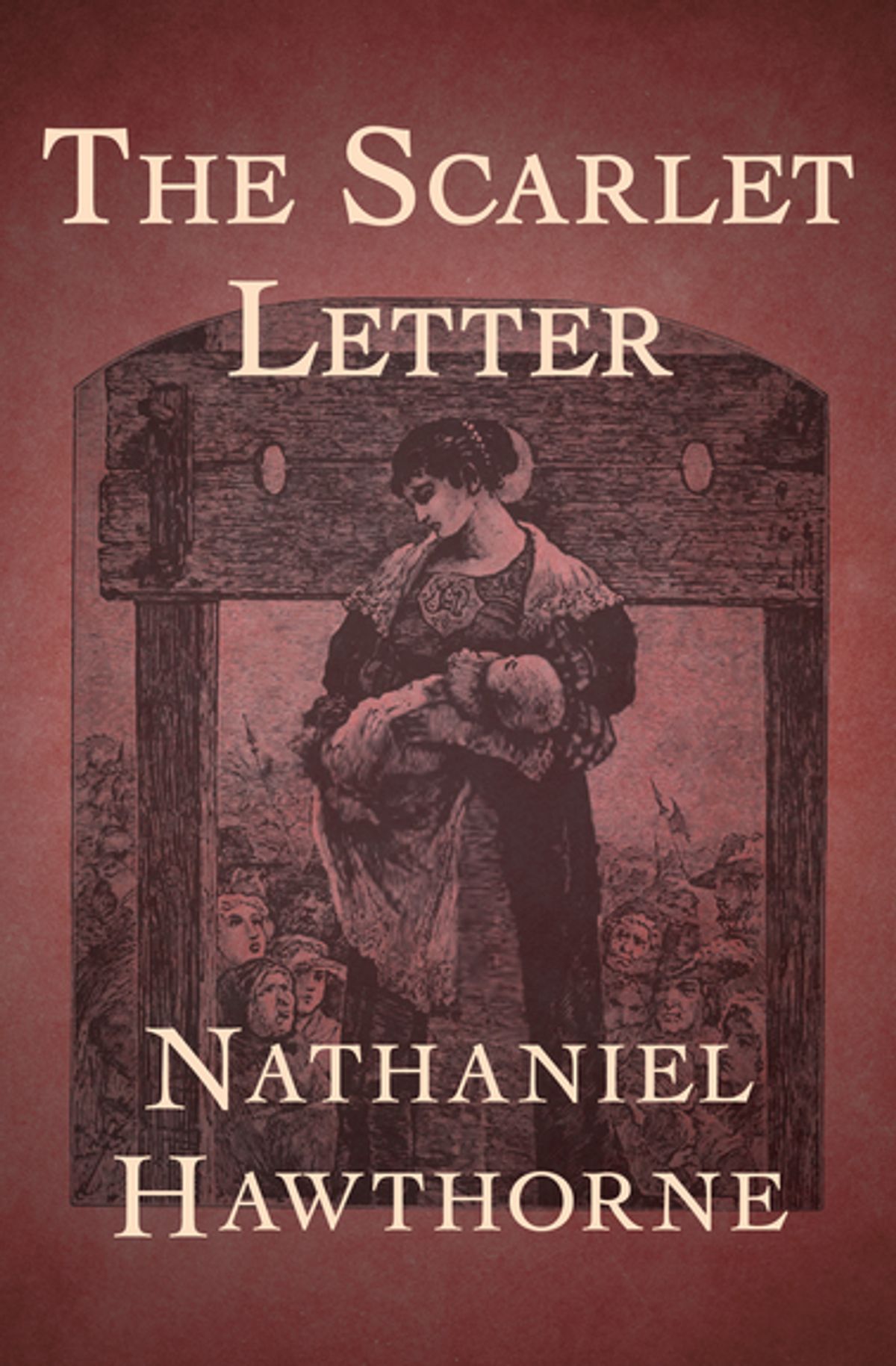
Author: Nathaniel Hawthorne
Theme(s): Colonial America, Puritanism, societal roles
A novel steeped with images of life in the Massachusetts Bay Colony and historical allusions, The Scarlet Letter remains a favorite to explore Puritan traditions and early society in Colonial America. Focusing the story on Hester Prynne, an adulterer who becomes a societal outcast, Hawthorne paints a picture of what happens to a strict, tight-knit community when one of its members commits a taboo act. The result is a deeply contemplative, albeit ironic, novel about religion, societal flaws, female gender roles, and the various rules of social, legal, and religious institutions that students can approach from all angles.
Mansfield Park 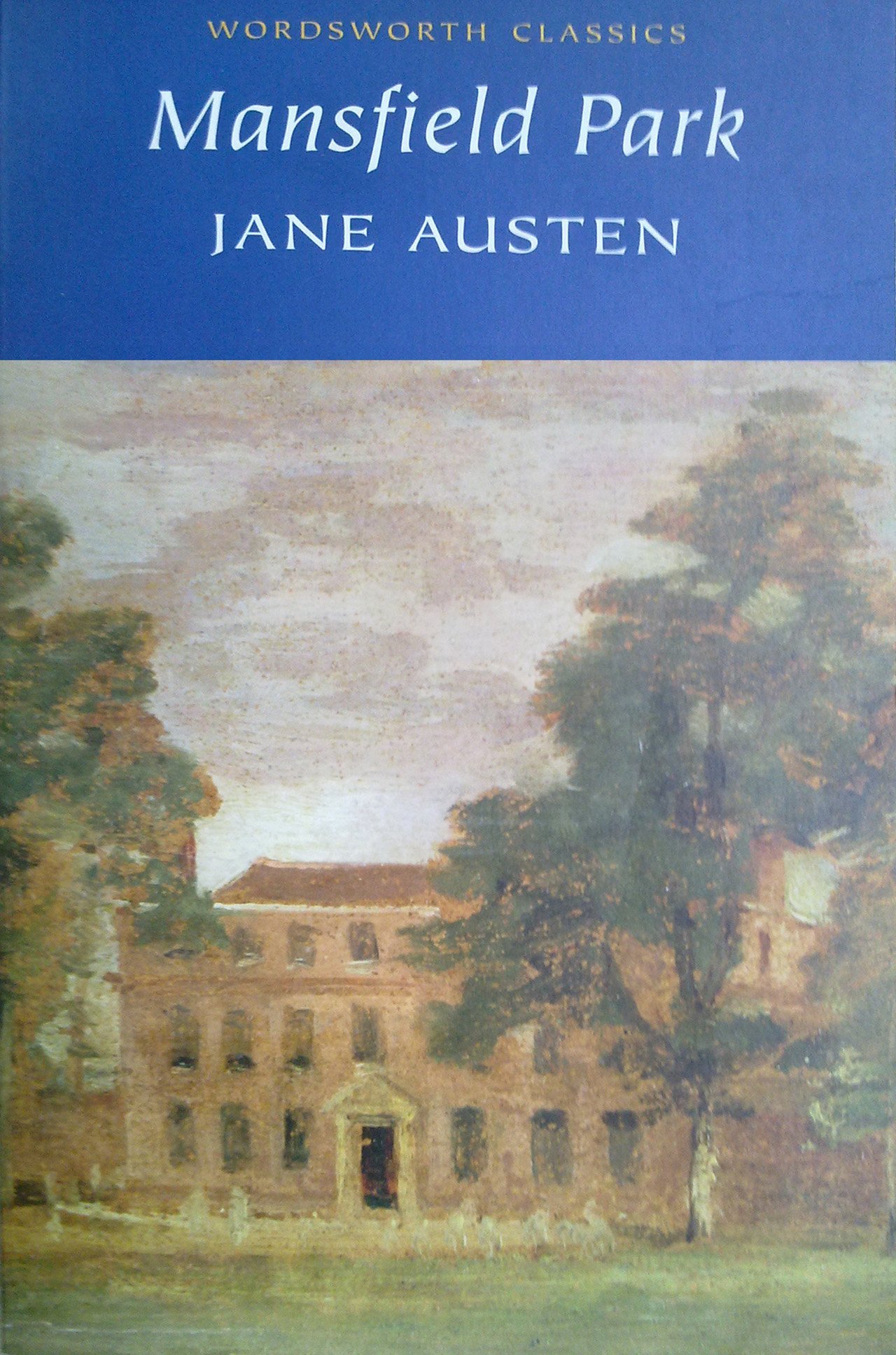
Author: Jane Austen
Theme(s): Victorian England, the British slave trade & Imperialism, gender roles
Austen’s classic library of novels all explore similar themes of marriage, class, and society during the Victorian Era in England. However, what makes Mansfield Park a treasure to study in the classroom is the contemplative heroine, Fanny Price, who quietly objects to traditional gender and societal roles. There is also the ever-present, haunting theme of economic wealth stemming from the slave trade and British Imperialism as seen through the Bertram family. While it is one of the lesser known novels in the canon of Austen’s literature, Mansfield Park will leave students with numerous social studies themes to spark discussion.
The Age of Innocence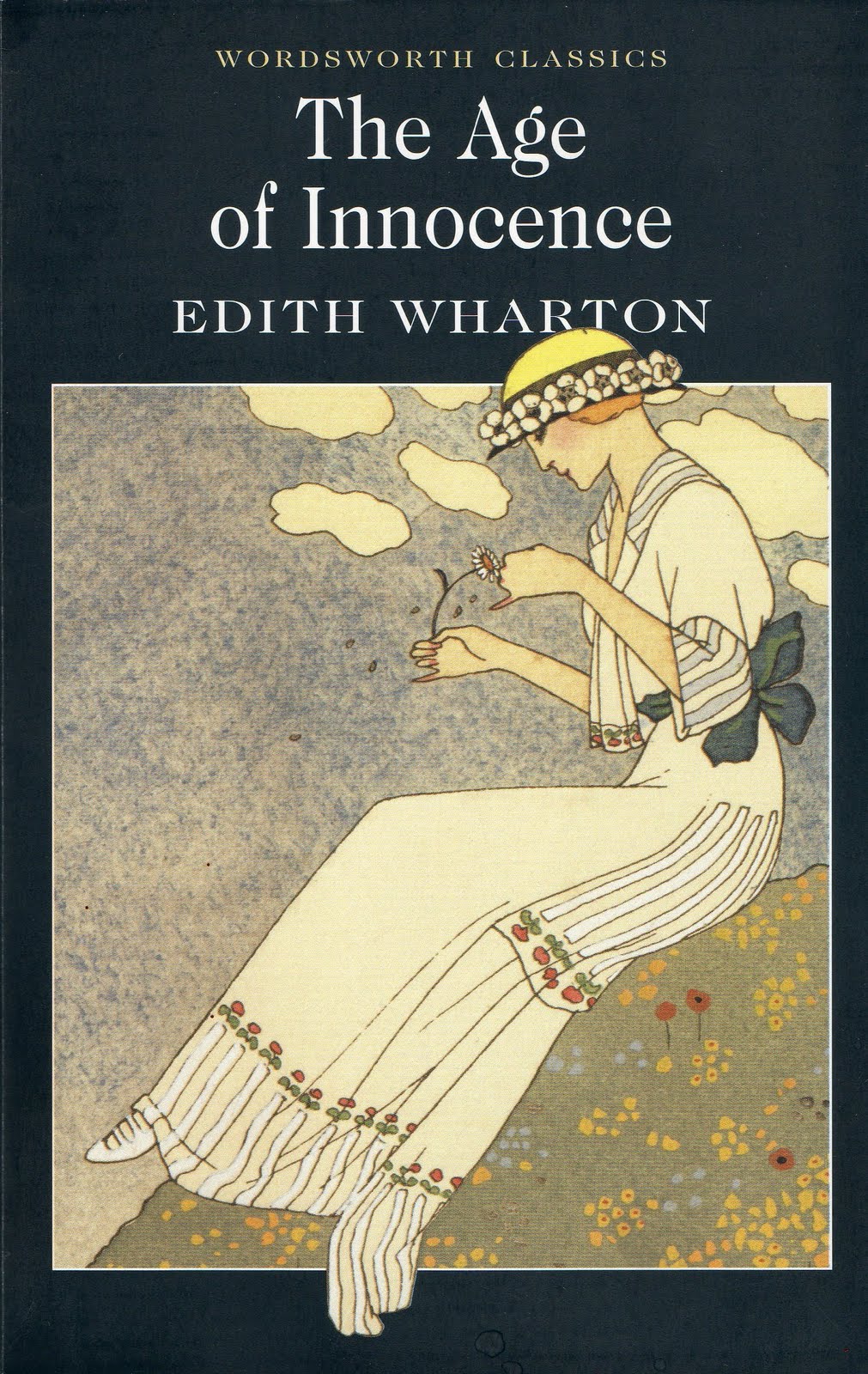
Author: Edith Wharton
Theme(s): The Gilded Age, wealth & social status, American upper class society
The Age of Innocence is a timeless novel that explores themes of wealth, class, and social status in the Gilded Age of America. Wharton builds complex characters that take pride in their social standings, most of whom come from “old money” and feel threatened by those that are coming from “new money.” Money, tradition, gender roles, and societal duties are values deeply held by the characters, but also ironically criticized in this classic novel. To spark discussion, students can compare and contrast the role of wealth and social status in the Gilded Age with modern society.
North and South
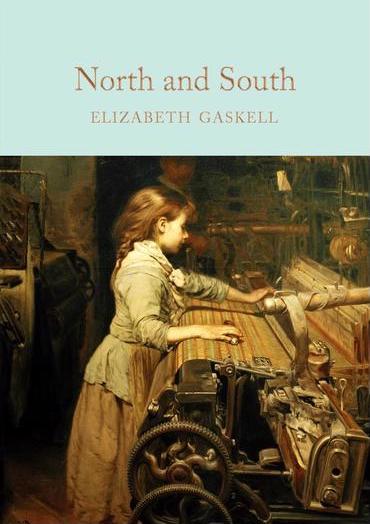
Author: Elizabeth Gaskell
Theme(s): The Industrial Revolution, working class rights, manufacturing industry economics
North and South is one of the quintessential historical novels that explores themes around the changes that occurred during the Industrial Revolution. With the rise of a working class, Gaskell deftly writes about the difficult conditions of daily life and the health problems suffered by the workers in manufacturing factories. Through two contrasting protagonists, differing in gender, social ranking, and ideals, this pensive social-novel will undoubtedly take students on a journey traversing the change in class structure, gender conflicts, urbanism, and workers’ rights.
The Last of the Mohicans
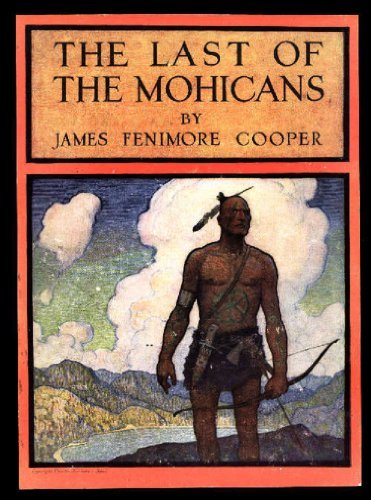 Author: James Fenimore Cooper
Author: James Fenimore Cooper
Theme(s): The French and Indian War, the American Frontier, prejudice
Taking place during the French and Indian War, The Last of the Mohicans chronicles the clash between the French and the English for colonial control of the land, and the Native Americans who were caught in the middle. With encompassing themes of savagery, colonialism, prejudice, and war, Cooper’s classic novel is one of the bloodiest in American literature, and that tragic bloodshed stems from the force of ‘progress’ pushing the frontier westward. In studying this novel, students will bring racism and prejudice into sharp focus, understanding that the skirmishes between two individuals of different races, both of whom are in turn at odds with peoples of their own color, eventually can lead to harmonious resolutions.
Les Misérables 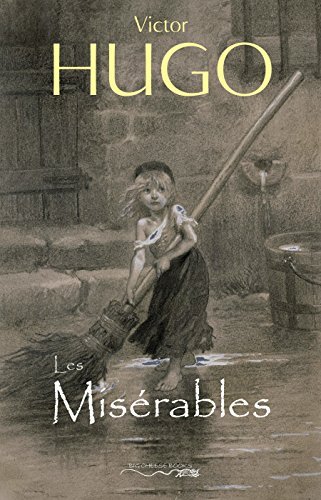
Author: Victor Hugo
Theme(s): The French Revolution, class inequality, societal justice
Students may already be familiar with certain plot elements from the musical adaptation of Hugo’s classic story, but his five-part novel is an even more poignant, in-depth examination of the complexities of the French Revolution. Les Misérables gives a window into the societal and class struggles of different groups of people throughout the war and revolution that changed French society forever. Through meticulous character creation and exuberant descriptions of place, the novel examines human suffering and inequality in-depth, which students can use to explore the French social power structures that led to poverty, injustice, and revolution in the first place.
Gone with the Wind 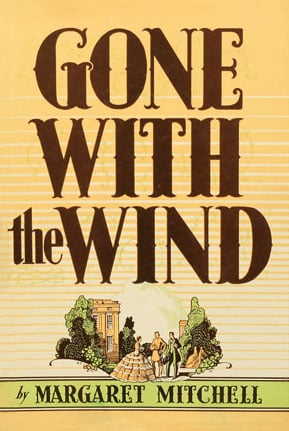
Author: Margaret Mitchell
Theme(s): The Civil War, Reconstruction Era, Southern society, slavery and Emancipation
Mitchell’s Pulitzer Prize -winning novel is a sweeping epic about the South during the Civil War and subsequent Reconstruction Era as told through the point of view of upper class plantation owners. Gone with the Wind opens in pre-Civil War Georgia focusing on the famous literary heroine, Scarlett O’Hara, whose life is steeped in tradition, wealth, and Southern pride; however, the war itself causes a breakdown of traditional gender roles and hierarchy as slaves are freed from her plantation by the Emancipation Proclamation. A novel filled with rich descriptions of Southern geography, this story gives students an opportunity to discuss the intricacies of class, race, gender, and those affected by warfare through the lens of the most divisive time in American history.
The Jungle
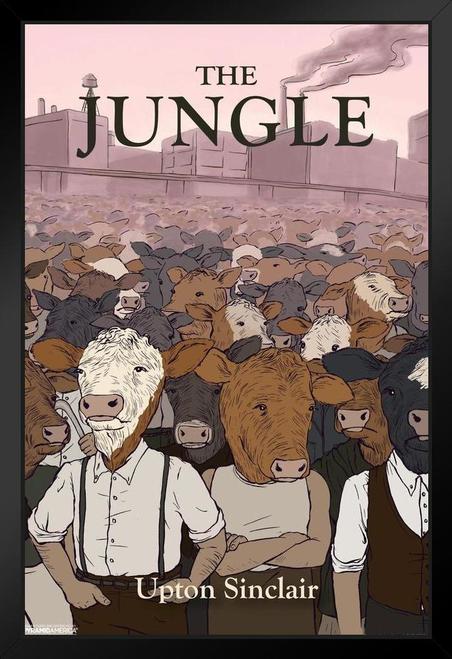
Author: Upton Sinclair
Theme(s): Turn of the 20th Century, factories & labor workers, American meat packing industry, immigrant rights
Sinclair wrote his classic novel to portray the harsh working conditions and exploited lives of immigrants in the United States through gritty imagery of the meat packing industry. The Jungle shows a once idealistic family, who put their faith in the American Dream of hard work, slowly decline into the hands of a cruel and prejudiced economic and social system. Sinclair cynically calls the effect of capitalism and corruption on the working class “evil,” as he depicts laborers throughout the novel who are slowly used up, tortured, and destroyed the harder they work. While the story is not for the faint of heart, it will still give students the opportunity to discuss how worker and immigrant rights evolved as a result of Sinclair’s novel.
Catch-22 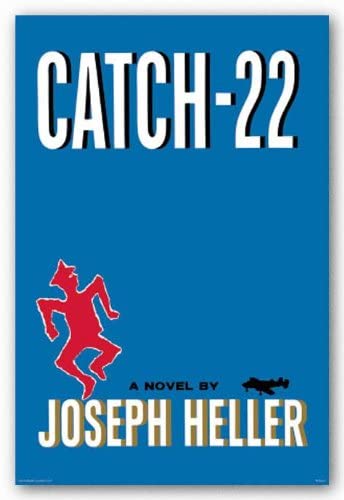
Author: Joseph Heller
Theme(s): World War II, war & military life, anti-Capitalism
Heller’s satirical war novel examines war and the military through the experiences of Yossarian, who is caught in an eternal paradox of maintaining sanity while fulfilling his service requirements as a pilot in World War II. Catch-22 places the characters in ridiculous, desperate, and tragic circumstances, highlighting the absurdity of war and military politics. Students will be enamored by the non-chronological structure of the novel, and the anti-Capitalism, anti-war and anti-government sentiments will easily lead to hearty class discussions.
1984
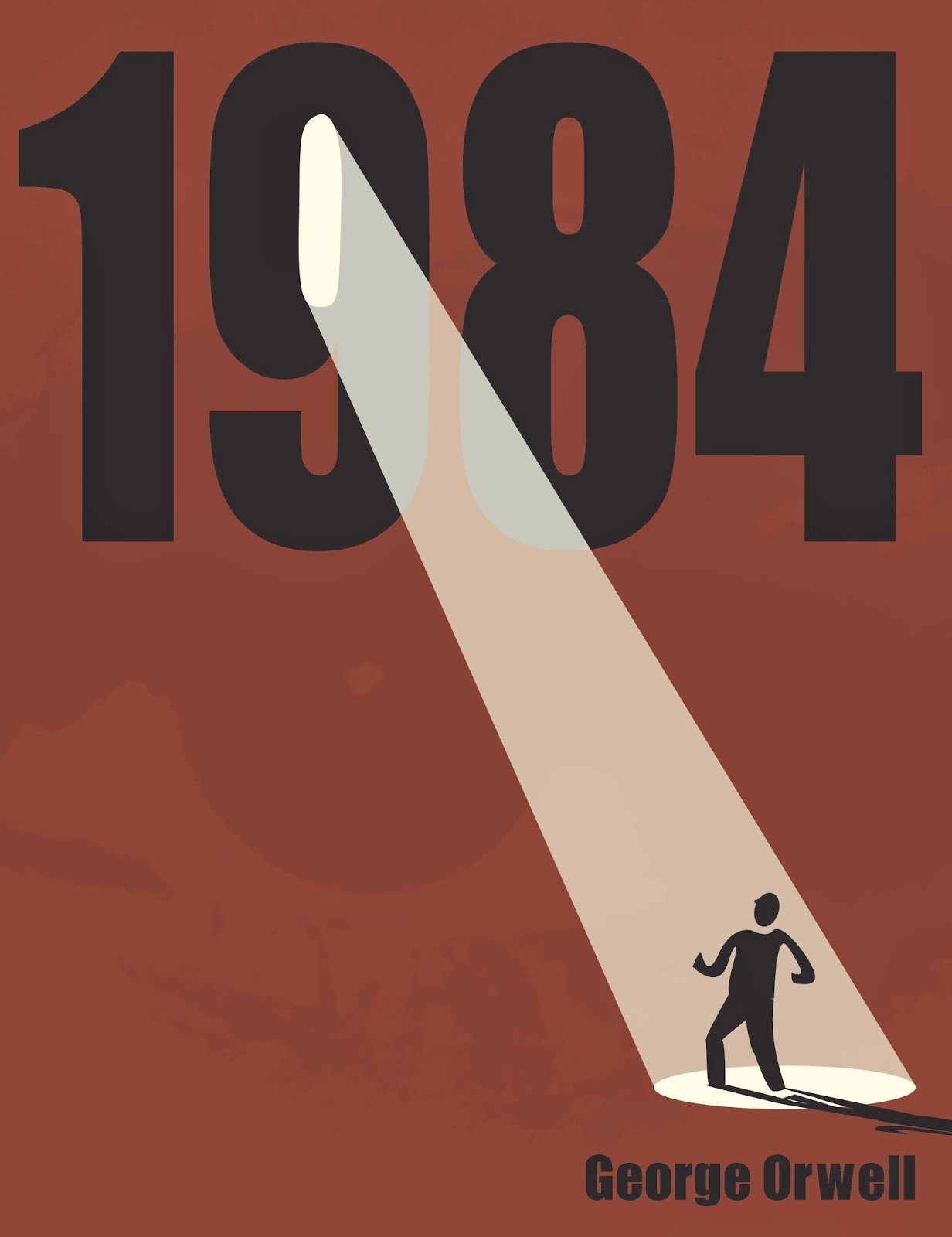
Author: George Orwell
Theme(s): Dystopian society, Nationalism, human rights
While Orwell’s 1984 is the only novel on this list depicting an imagined future rather than an actual past, the classic story of a dystopian society explores political themes that are still relevant to modern day. Portraying a “perfect” totalitarian society, which is the most extreme realization of a government with absolute power, Orwell warns readers about a state that can monitor and control every aspect of individual human life. Students can compare and contrast the political themes of government overreach, mass surveillance, propaganda, and repressive regimes to actual historical examples as an in-class exercise.
To Kill a Mockingbird 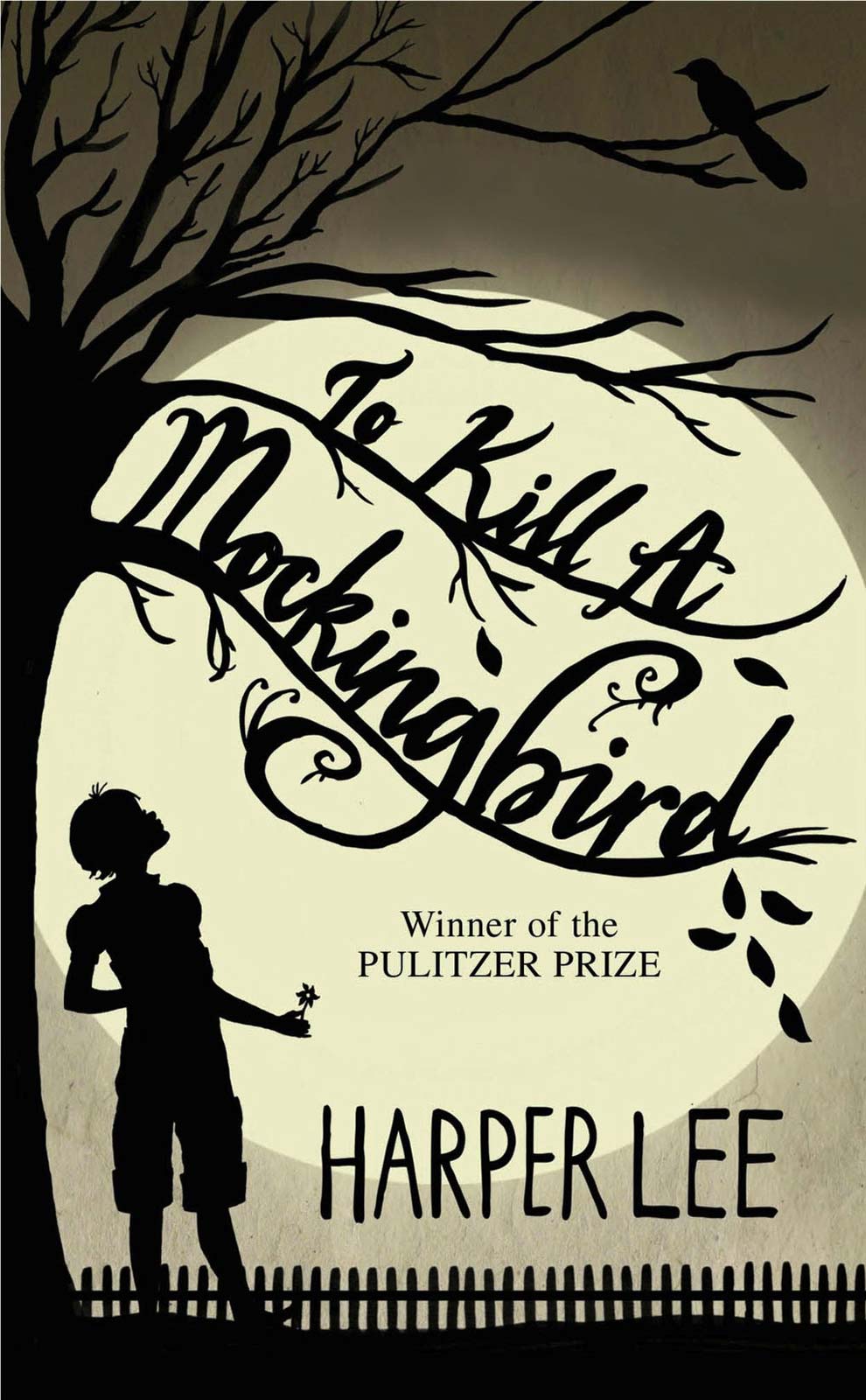
Author: Harper Lee
Theme(s): The Great Depression, the South, racial injustice, class disparity
A classic of modern American literature and Pulitzer Prize-winning novel, To Kill a Mockingbird remains a relevant examination of racial and class inequality in the Deep South. Based on Lee’s own experience and societal observations growing up in Alabama, the small-town in the South is a character in itself, giving students a first-hand look at the historic events and traditions that evolved via the author’s own insight on life in her hometown. While societal prejudice and injustice in the Depression-era South are at the forefront throughout Lee’s classic novel, students can also analyze the importance of moral education and relate many of the themes to events happening today.
Seeking more curriculum and activity resources?
Sign up for a free 30-day trial of Active Classroom
References
Project Gutenberg: Classic Catalog of Ebooks
Images: Wordsworth Classic Books
Monet Hendricks is the blog, social media, and meme connoisseur for Social Studies School Service. Passionate about the field of education, she earned her BA from the University of Southern California before deciding to go back to get her master’s degree in Educational Psychology. She currently attends the graduate program at Azusa Pacific University pursuing advanced degrees in School Psychology and Applied Behavior Analysis. Her favorite activities include watching documentaries on mental health and cooking adventurous vegetarian recipes.